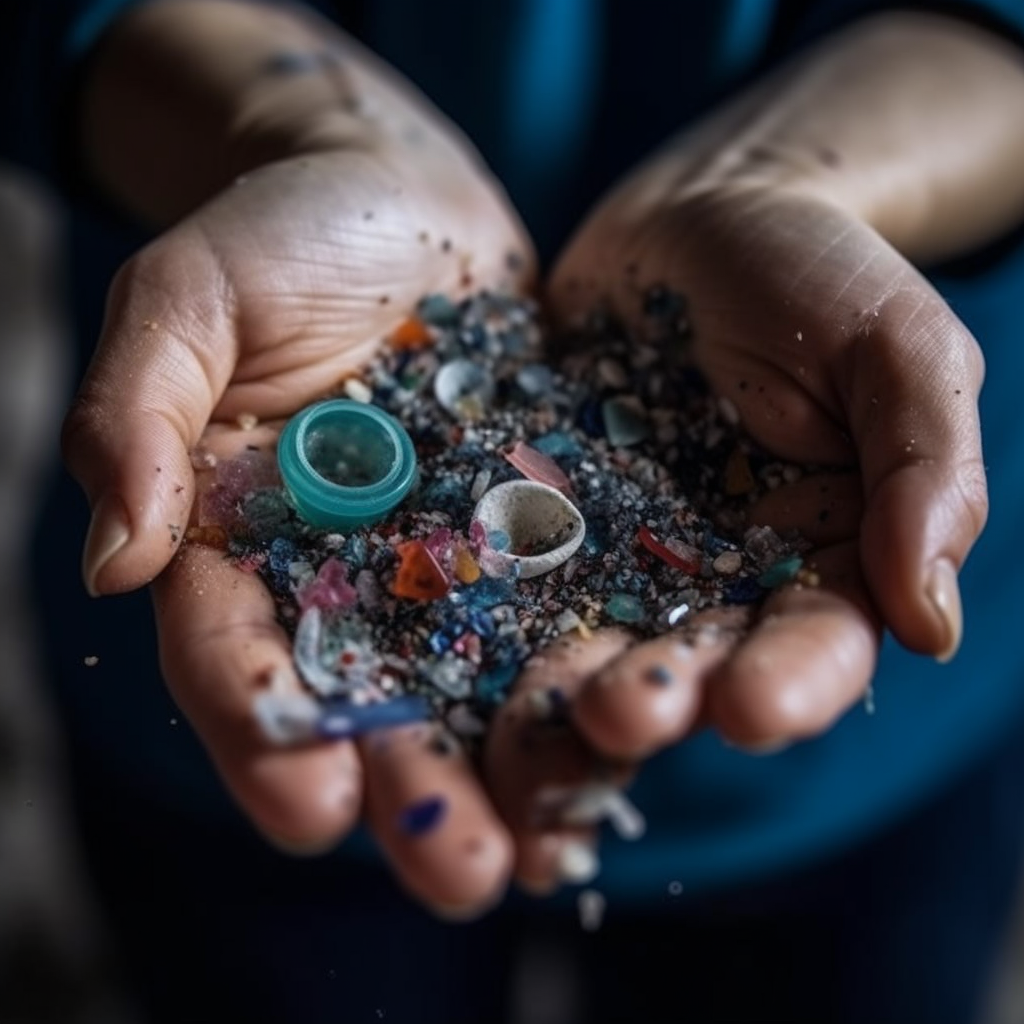
🌊🚨 Microplastics: The Invisible Threat.
Share
Microplastics, particles smaller than 5mm, are a growing environmental concern.
They've infiltrated ecosystems, from the deepest oceans to the tallest mountains. These tiny particles pose a significant threat to both wildlife and human health.
🌐 Did you know these shocking facts about microplastics? Discover the lesser-known truths behind these tiny yet hazardous particles:
-
Microplastics are found in unexpected places, such as Arctic ice and rainwater. This indicates that these particles have a far-reaching global impact, even affecting areas with minimal human activity.
-
Our daily activities contribute to microplastic pollution. Laundry, for example, can release thousands of microfibers from synthetic fabrics into wastewater systems, which eventually reach aquatic environments.
-
Human consumption of microplastics is more common than we think. Studies estimate that the average person consumes around 5 grams of microplastics per week – roughly equivalent to the weight of a credit card.
-
Microplastics have been found in the placenta of pregnant women, highlighting the possibility of intergenerational exposure to these pollutants, with unknown long-term effects on human health and development.
-
The true extent of microplastic pollution is still unknown. Research is ongoing, and new sources, impacts, and potential solutions continue to emerge, emphasizing the importance of continued investigation and action.
